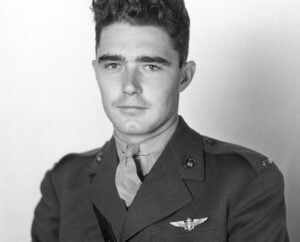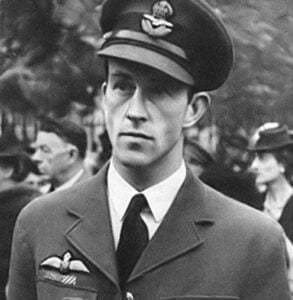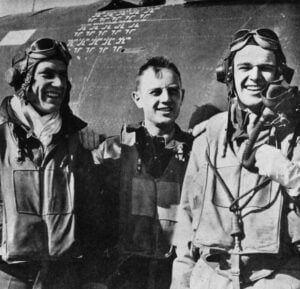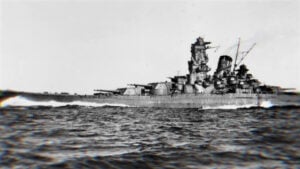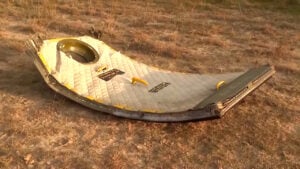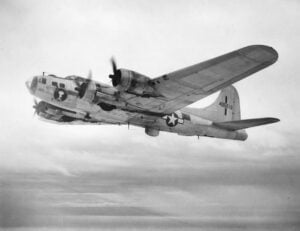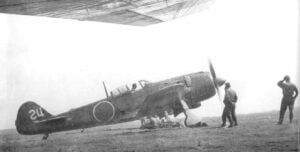How the P-38 Flew Faster and Higher Than Its Rivals
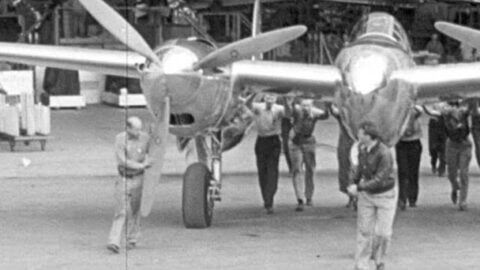
YouTube / Smithsonian Channel
In the early 1930s, American fighters had a serious problem—they were slow. Most couldn’t even crack 250 mph and struggled to perform above 20,000 feet. Ironically, some bombers at the time were actually faster than the fighters meant to escort them.
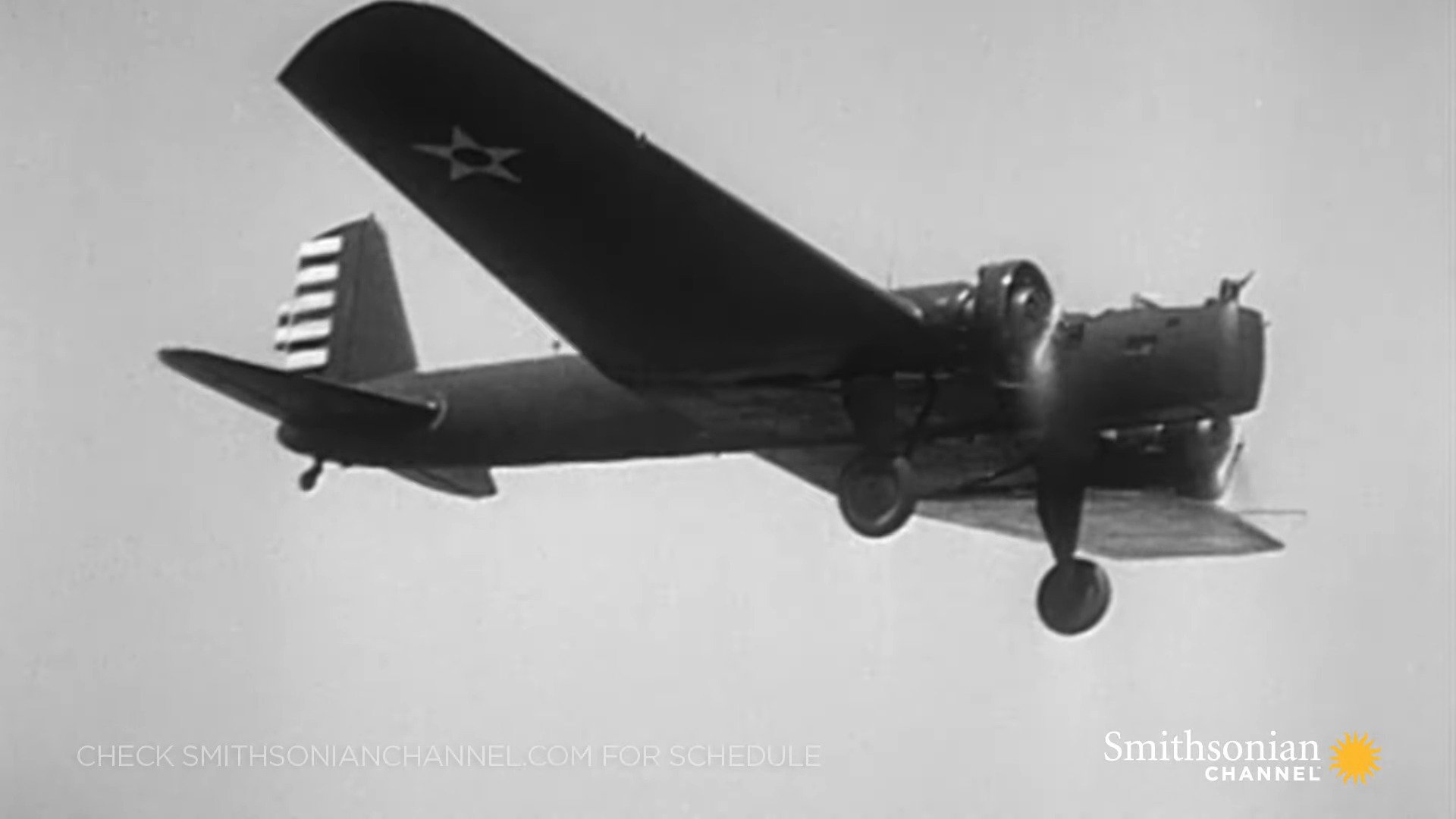
That all started to change when the U.S. Army issued a bold new requirement: develop a fighter that could hit at least 360 mph at 20,000 feet. It was a tall order—but one that would pave the way for one of the most iconic fighters of World War II.
One of a Kind
Several big names in aviation threw their hats into the ring, but one entry stood apart from the rest: Lockheed’s XP-38. It was a radical twin-engine design like nothing else in the sky.
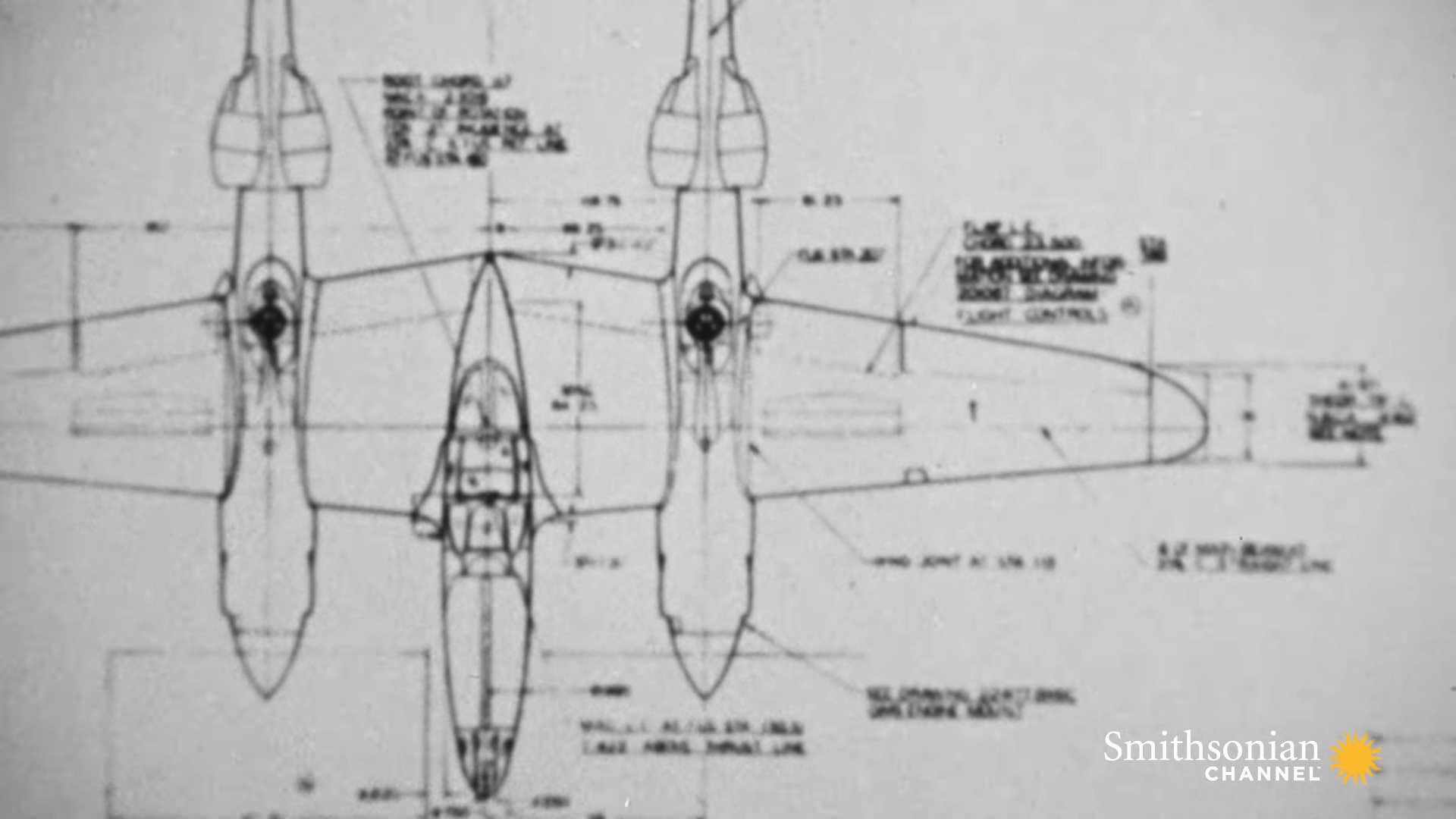
The brain behind the P-38 was a young and brilliant engineer named Kelly Johnson. He would go on to become one of the most innovative aircraft designers in American history, and the P-38 was his first major breakthrough.
Breaking Records—and a Golf Course
Eager to prove the Lightning’s potential, Lockheed decided to showcase it with a dramatic cross-country flight, just months after its first test runs. The aircraft roared across the U.S., reaching speeds of 420 mph and shattering the transcontinental speed record previously held by Howard Hughes.
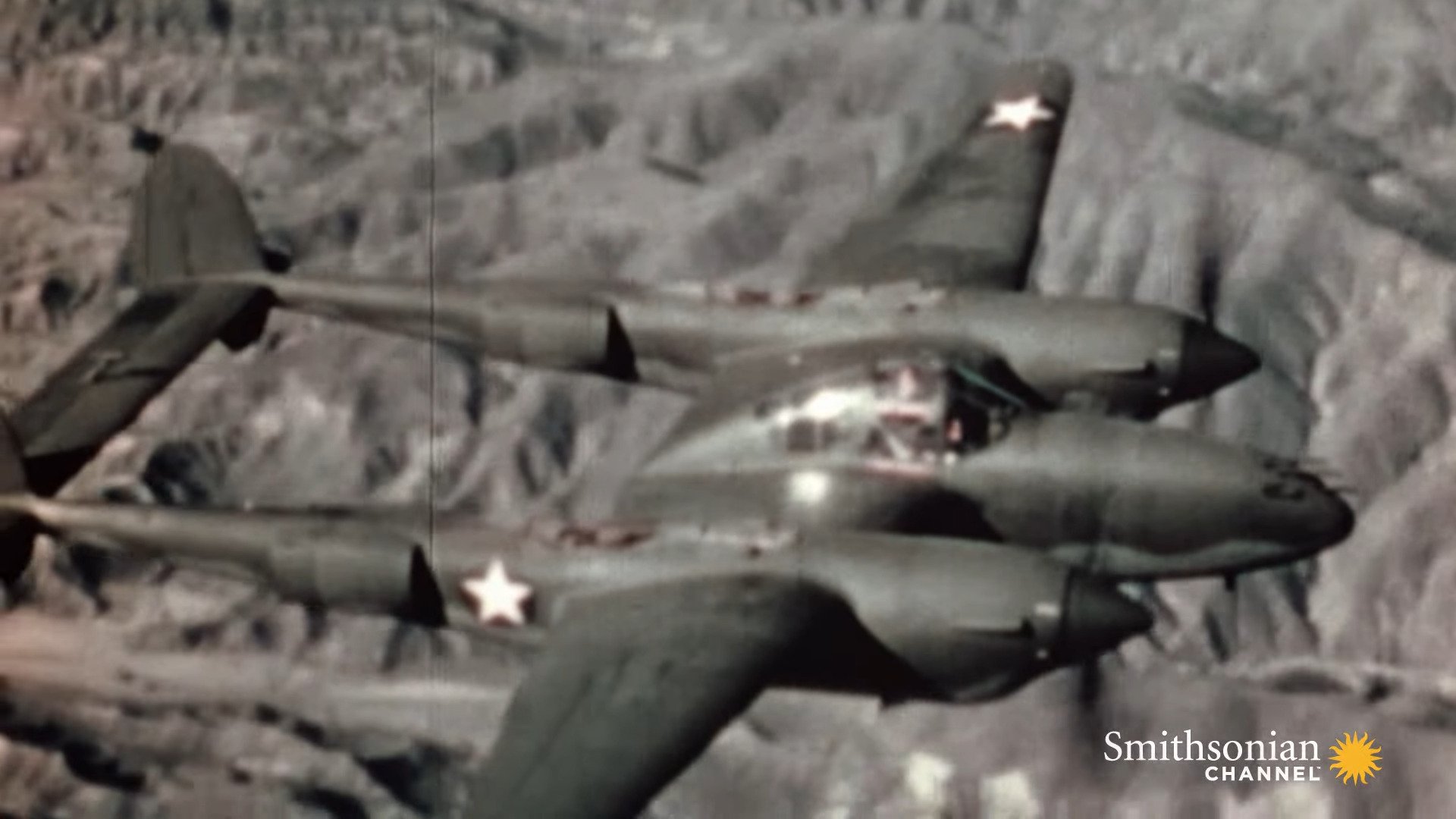
But the flight didn’t end smoothly. As the P-38 approached the East Coast, ice formed in the carburetors, choking the engines. The aircraft crash-landed—right onto a golf course. Luckily, the pilot walked away with only a few bruises.
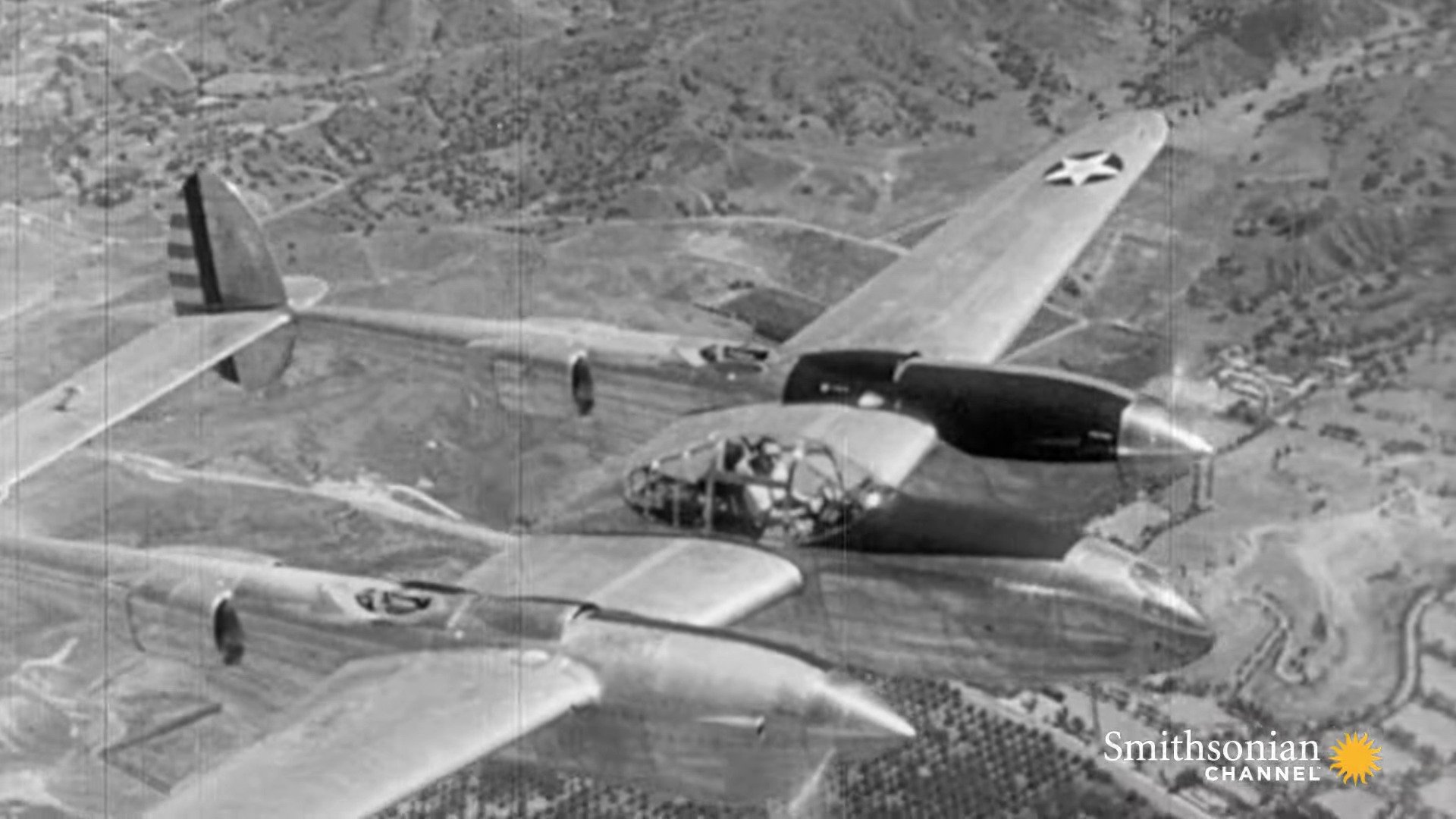
Despite the dramatic ending, the Army Air Corps saw enough promise in the P-38 to keep the program alive. That decision would pay off in spades as the P-38 Lightning went on to become one of the most effective—and feared—fighters of the war.














